Trout flies
{{start}}
{{end}}
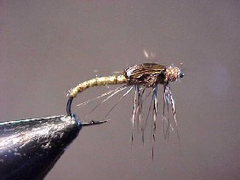
{{+1}}Rising midge{{-1}}
{{start}}
This fly is designed to be fished on the drop and then on the rise. It was originally designed to imitate the action of lake Jindabyne olive midges as they hatched but it has proven useful in other fisheries.{{end}}
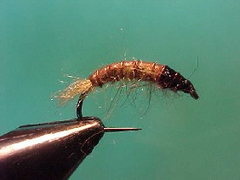
{{+1}}Foetal caddis grub{{-1}}
{{start}}
My preferred colours are light brown, light olive and hares ear each with slightly darker thoraxes and sand with a touch of orange or pink. All are tied with olive backs and heavily weighted so that they get down to where the fish are sitting.{{end}}
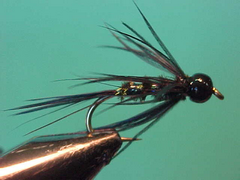
{{+1}}TBH dark magic – Chatto’s original{{-1}}
{{start}}
Hybrid spider nymphs are good buggy looking flies and the tail and soft hackle provide plenty of movement. One of these hybrid spider nymphs on the top dropper and two unweighted spiders or nymphs below can be a real tease for trout.{{end}}
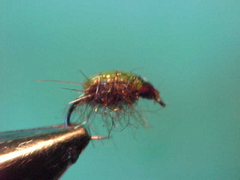
{{+1}}Snail – Chatto’s version{{-1}}
{{start}}
Snails are a food source for trout throughout the year. Having said that they are often overlooked by fly fishers. In colours imitating the naturals in the area to be fished they can be slowly twitched along the bottom or around the weed beds with great results. They are also a good ambush fly for trout foraging the margins. My standard choice of colours is a mottled brown and dark olive.{{end}}
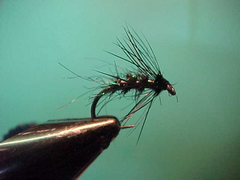
{{+1}}Dark magic – Chatto original{{-1}}
{{start}}
As long as there is a flow in a river to work a fly then English Spiders are an option. Particularly if you want to target educated fish in clear slower water. They land softly and are suggestive little flies. The combination of the buggy shape, the movement of the soft hackle often produce a hit.{{end}}
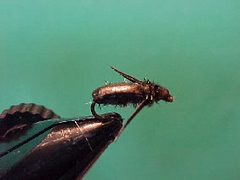
{{+1}}Corixia / back swimmer{{-1}}
{{start}}
Given the similarity of form and function both of these aquatic bugs can be represented by the following fly. This fly is best fished on a floating line that has been greased to within a meter of the fly or under a dry fly. It generally works well just sinking in the water column or moving naturally with the water current. If unnoticed try a couple of short figure of eight strips punctuated by a long pause to represent the natural swimming action of both bugs or a gentle lift to mimic "the natural" rising to the surface to breath.{{end}}
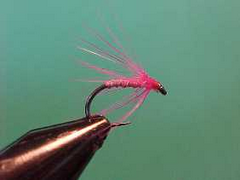
{{+1}}English spiders{{-1}}
{{start}}
As long as there is a flow in a river to work a fly then English Spiders are an option. Particularly if you want to target educated fish in clear slower water. They land softly and are suggestive little flies. The combination of the buggy shape, the movement of the soft hackle often produce a hit.{{end}}
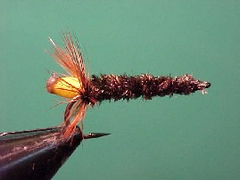
{{+1}}Stick caddis – Chatto’s tie{{-1}}
{{start}}
This is the lava of a Caddis fly (or Sedge) and is common from September through to December particularly in the flooded margins of lakes. Can be fished relatively static as a prospecting fly with a very slow retrieve or used as an ambush fly when polaroiding.{{end}}
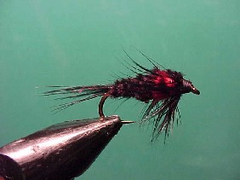
{{+1}}Montana nymph{{-1}}
{{start}}
The Montana nymph was developed in the earlier days of fly fishing in Montana America as an imitation for a stonefly. It has two distinct uses. The first is as a bait fly when fished behind a bead head nymph in faster rivers and streams. The second use is as as a middle dropper fly in a team of lock style flies in still water where the the flash of red, yellow, orange or pink in the thorax it make it a great attractor pattern.{{end}}
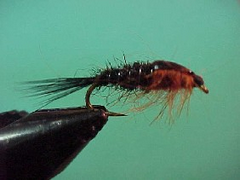
{{+1}}Montana nymph – Chatto’s variant{{-1}}
{{start}}
I carry this fly in my lake box rather than my nymph box because I use it in lakes rather than rivers. For me it is a great middle dropper fly in a team of lock style flies in still water where the the flash of red, yellow, orange or pink in the thorax it make it a great attractor pattern.{{end}}













